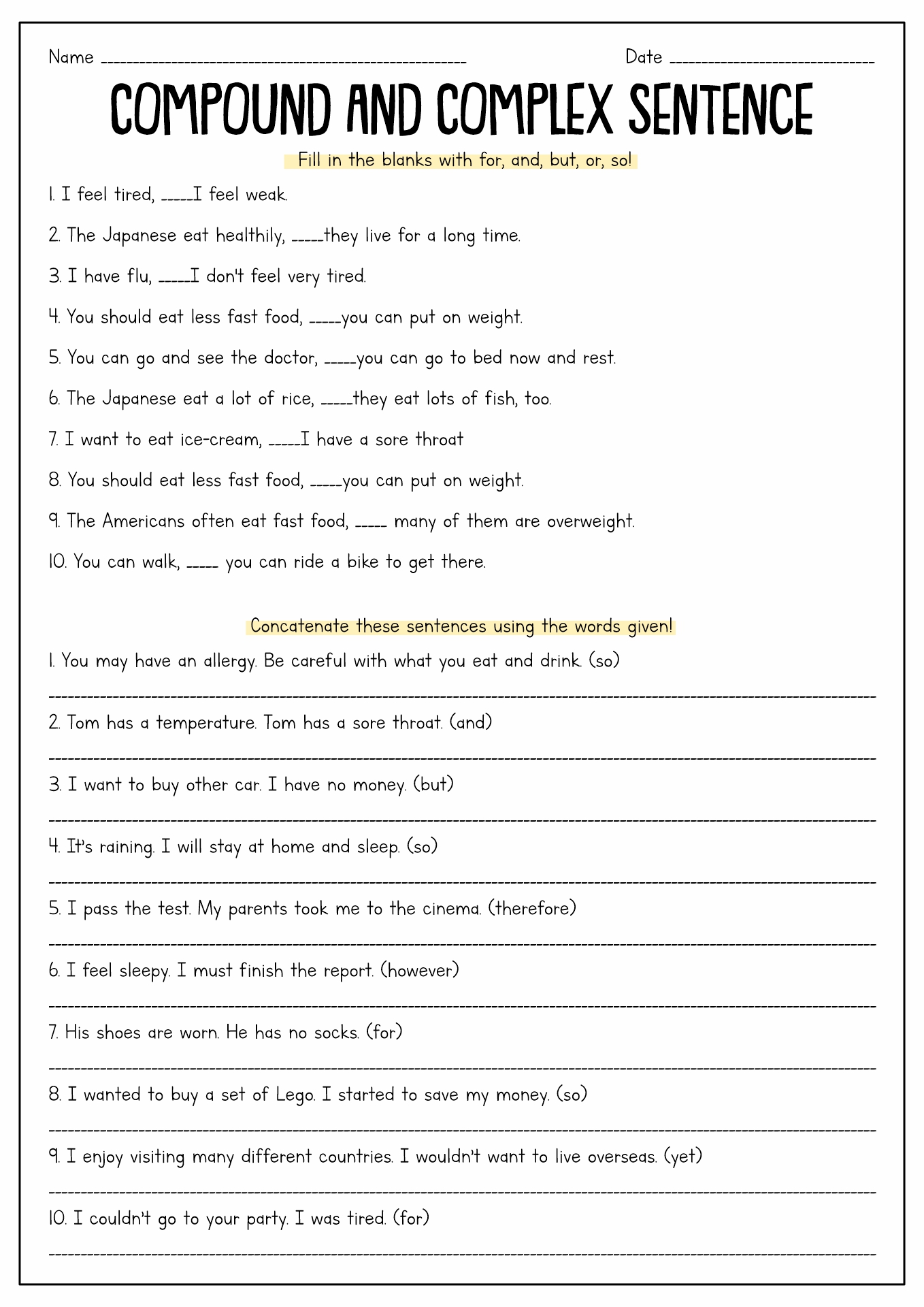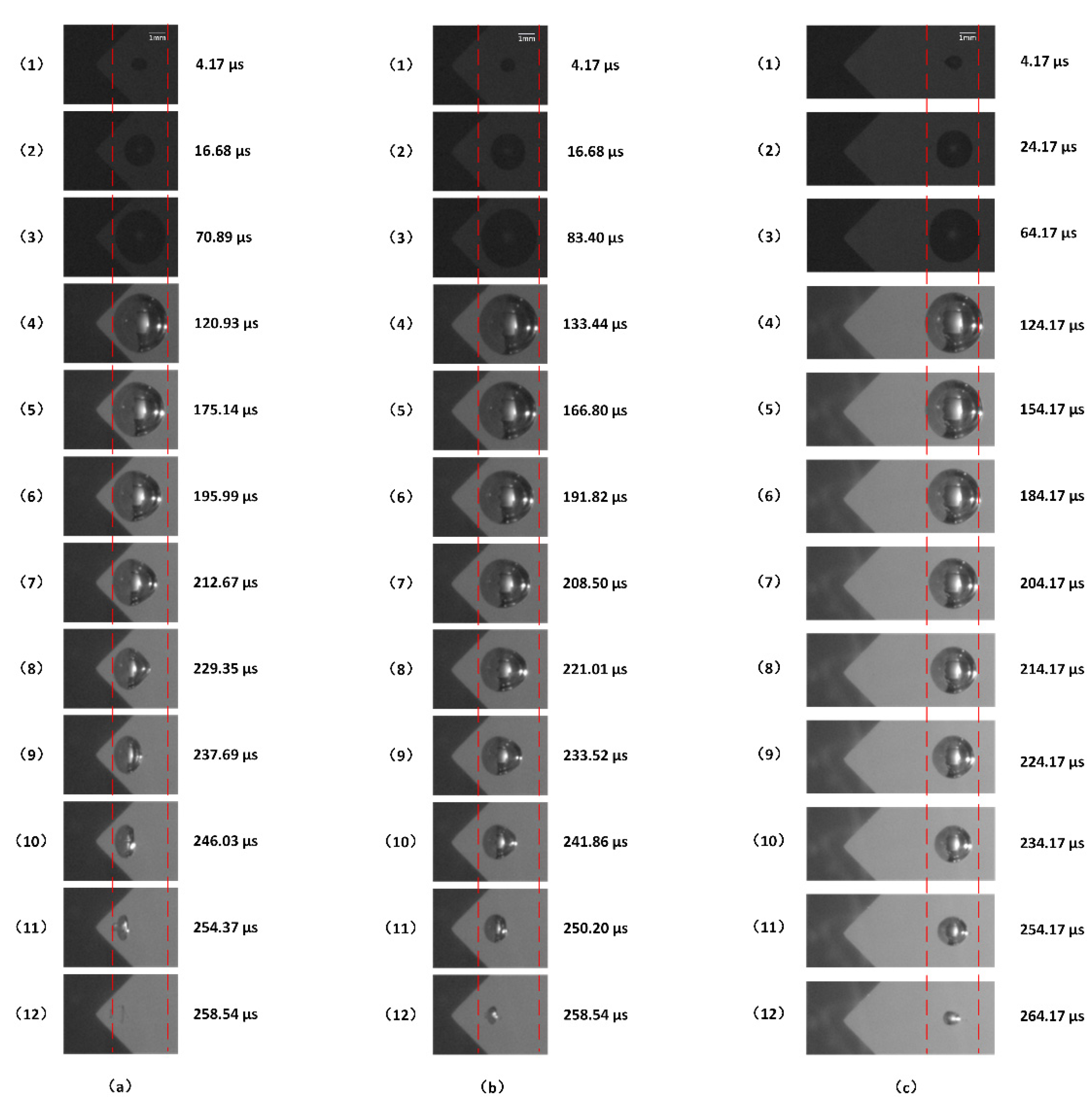In this article, we studied what is cavitation, the … What is cavitation? Inertial (or transient) cavitation is the process in which a void or bubble in a liquid rapidly collapses, producing a shock wave. Cavitation is a common problem in pumps and control valves - causing serious wear, … Cavitation, formation of vapour bubbles within a liquid at low-pressure regions that occur in places where the liquid has been accelerated to high velocities, as in the operation of … Cavitation is usually divided into two classes of behavior. · cavitation is a phenomenon that can accompany the flow of liquids through control valves. Cavitation occurs in fluid flow systems where the local static pressures are below the fluids vapor pressure. A blockage or restriction such as a clogged filter or part-closed valve mounted on the inlet to the … Cavitation is a destructive phenomenon that occurs in pumps when the liquid pressure drops below its vapor pressure, causing the formation and sudden collapse of vapor bubbles … Failure to account for cavitation can result in potentially costly performance … · cavitation in pumps is caused by excessively low pressure at the pump inlet. Cavitation is the phenomenon of formation of a vapour bubble in flowing liquid where the pressure falls below vapour pressure and sudden collapsing of this bubble at high … · there are two primary types of cavitation: Inertial (transient) cavitation and stable (on-inertial cavitation), each defined by its distinct bubble behavior. Excessive heating of a liquid … · turbulent flow: Turbulent fluid flow, often around sharp edges or obstacles, can create low-pressure zones, triggering cavitation. Pitting of the cylinder wall occurs as a result of this, allowing cooling fluid to leak into the cylinder and combustion gases to leak into the coolant.
Cavitation Explained: Simple Answers To Complex Questions
In this article, we studied what is cavitation, the … What is cavitation? Inertial (or transient) cavitation is the process in which a void or...









